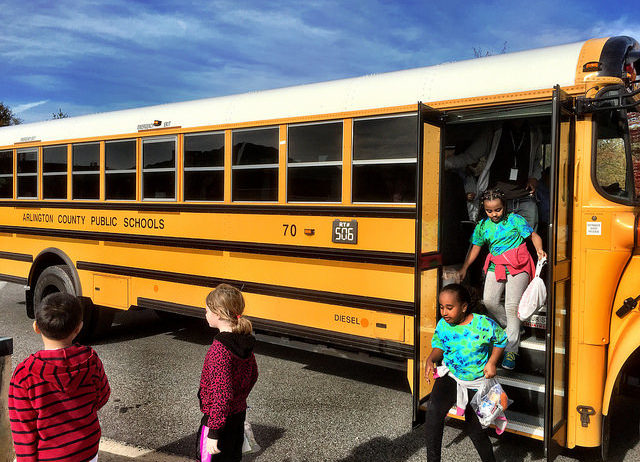When it comes to helping kids with slow processing speed, teachers are the first line of defense. School is often where kids with slow processing speed start to notice that they are not keeping up with their peers. This usually happens around third grade, but you may see it as early as kindergarten. You might observe kids with slow processing speed are the last to get their coats on to go outside or struggle to finish simple assignments. Accommodations for kids with slow processing speed can only help if teachers know to apply them.
Generally, however, slow processing speed can be difficult for teachers to identify. Some slow processors are not as cognitively capable as their peers, and it may take them longer to comprehend and master content. Others just do not pay attention. Some kids are from homes where effort and academics are not highly valued or there is inadequate modeling for skills such as reading or writing. If you suspect a student is having difficulty due to slow processing speed, you should contact the child’s parents to see if they have similar observations. Ask the school psychologist to perform some simple assessments of processing speed. If the preliminary data suggest that slow processing speed is impacting the student, consider some of the following accommodations:
Change the pace. Provide content and information in smaller chunks. Teachers may need to dole out information more slowly, sometimes giving breaks between instructions.
Reduce writing, but increase review. Require less writing on homework assignments. For example, rather than having children with slow processing speed write a definition several times, have them do it twice, but also practice and review it with a parent or peer.
It’s about quality, not quantity. Focus on good work rather than lots of work. Create expectations for well-considered work that has adequate depth.
Teach students to read faster. Improving reading fluency is a long-term task that is most influenced by children’s interest and motivation to practice reading and then by application of the best strategies to improve skills in this area. Instruction that helps children to recognize common letter sequences automatically and to have a large sight word vocabulary are good starting points.
Make your notes public and in a useful form for all kids. Note taking can be overwhelming for older kids with slow processing speed, so they may not learn anything in a lecture due to having to get information written in a notebook. Providing an outline can help with organization and reduce the requirement for fast writing.
Reduce writing requirements for testing. Use multiple choice tests or short answer formats or allow students to type their responses. Better yet, encourage students to obtain training with dictation and let them use dictation to transcribe answers.
See our Educator’s Guide to Slow Processing Speed for more tips on teaching kids with this learning difference.
Featured image: Flickr user K.W. Barrett




